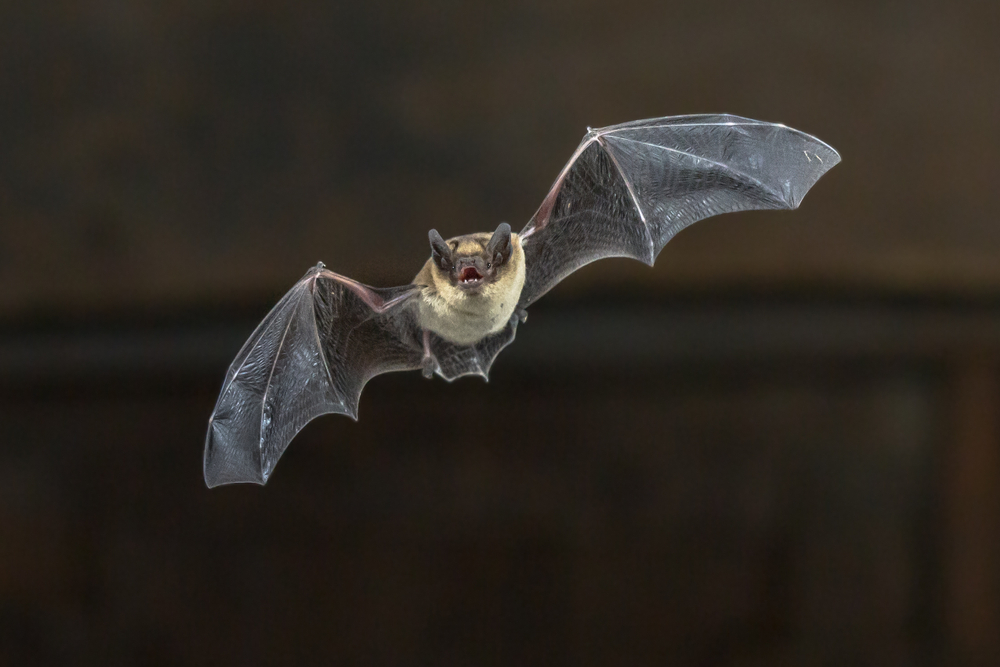
Engineers from Lehigh University have earned themselves a 3-year grant from the National Institutes of Health (NIH) to support an unusual means of Ebola outbreak prediction by tracking the ecological factors of bat migration patterns.
The effort follows A New England Journal of Medicine study which analyzed the 2014 Ebola outbreak in West Africa — which killed more than 11,000 people. Researchers determined that the outbreak began in a remote Guinea village, a place that had never before seen Ebola. They also determined the particular strain involved came from thousands of miles away, in Zaire. Researchers believe the source to be bats, a main driver of the Ebola virus, and possibly driven afield by human activities affecting their migratory patterns.
Javier Buceta and Paolo Bocchini, associate professors of bioengineering and civil/environmental engineering, respectively led the team that seeks to create an Ebola modeling framework, based on the ecological dimensions that fuel bat migration patterns. Its sampling technique is unique, enabling an analysis of spatially distributed random fluctuations of environmental factors to assess how these factors affect regional bat migrations. It was developed by Bocchini.
“Our framework shows that the appearance of Ebola outbreaks is tightly linked to fluctuations in environmental conditions which have an impact on both bat migration patterns and, therefore, infection rates,” Buceta said.
To show this, the model sticks to bat birth and death rates, the rate of infection of bats with the Ebola virus and recovery rates, bat mobility, seasonal adjustments and the availability of food and shelter for bats in a given region. This will theoretically allow them to predict bat infection periods, predicting the specific locations and periods of the year when outbreaks are most likely when linked to a probabilistic modeling technique.
“As a civil engineer, I look forward to closing the loop and studying how our society, our urban fabric, and our infrastructure systems play a role in disease spreading in developing and developed countries,” Bocchini said.
The study is being called “Risk Assessment of Ebola Outbreaks Through Probabilistic Modeling of Chiroptera Zoonotic Dynamics and Socioeconomic Factors.”




